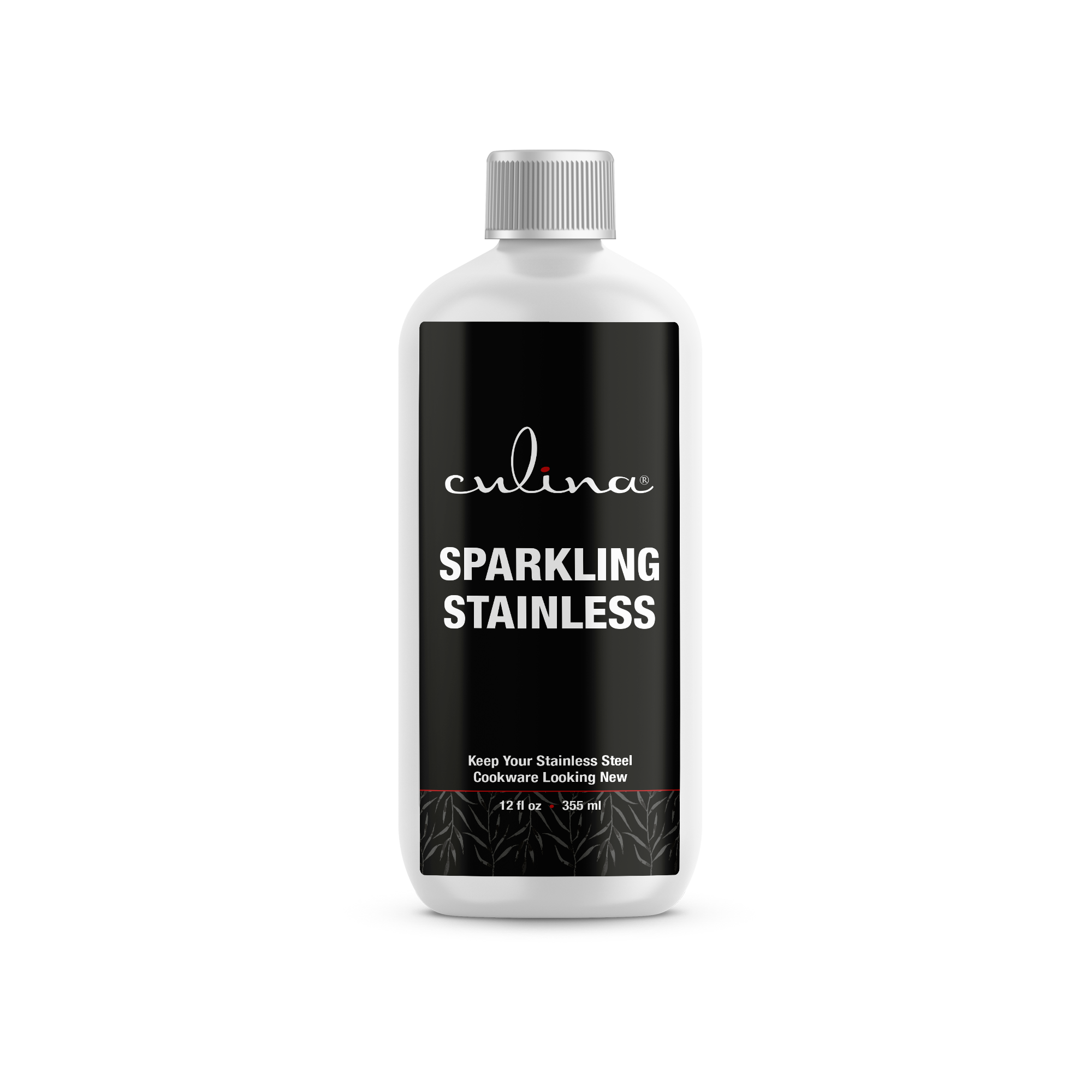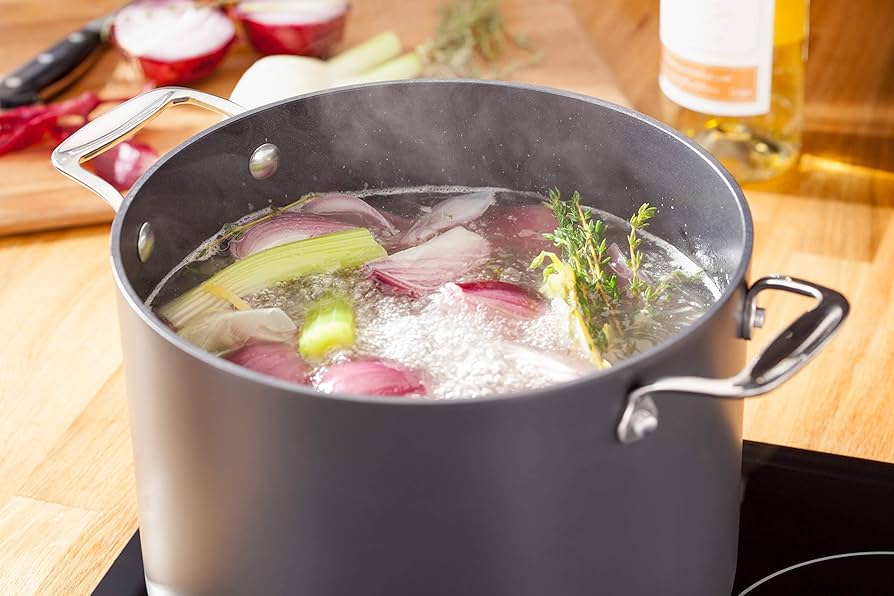In the heart of every professional kitchen, tools serve as the backbone of culinary masterpieces. One such essential tool is the stock pot. So, what is a stock pot? A stock pot is a large pot designed specifically for making stocks, broths, and soups. It is invaluable to chefs and kitchen enthusiasts alike due to its versatility in cooking. This article aims to enlighten you on this remarkable kitchen tool, highlighting its features, benefits, and best practices. Let's dive in!
Understanding the characteristics and functionalities of a stock pot is crucial if you're a kitchen professional aiming to elevate your craft. Often, it's referred to as a large, deep pot made of materials like stainless steel or aluminum, which facilitates even heat distribution. The design features include tall, straight sides, a wide base, and two sturdy handles, making it easy to stir, mix, and transport large quantities of ingredients.

Key Features of a Stock Pot
When determining what is a stock pot, it is important to note its defining characteristics:
- Size: Stock pots typically range from 6 to 40 quarts in capacity, catering to both small- and large-scale culinary operations.
- Material: Common materials include stainless steel, aluminum, and enameled cast ironall promoting durability and excellent heat retention.
- Design: The tall sides aid in simmering while the lid helps retain steam and flavor during cooking.
- Handles: Large, sturdy handles allow for easy lifting, even when the pot is laden with heavy stocks or stews.

Benefits of Using a Stock Pot
Now that you understand what a stock pot is, let's discuss the unmissable benefits it provides:
- Versatility: Beyond stocks, it can be used to prepare pasta, boil seafood, or create a large batch of chili, making it a terrific addition to any kitchen.
- Efficiency: Capacity allows kitchen professionals to cook large quantities in one go, streamlining preparation processes during busy service hours.
- Flavor Development: The size is ideal for long, slow cooking, enhancing the flavor of stocks and soups through proper evaporation and reduction.
- Food Safety: The temperature control inherent in a stock pot ensures that simmering stocks are maintained at safe cooking temperatures, ideal for food safety.
How to Select the Right Stock Pot for Your Kitchen
Choosing the right stock pot involves considerations such as:
- Capacity: Select based on your kitchen's needs, whether for personal use or business.
- Material: Depending on your cooking style, choose a non-reactive material like stainless steel or aluminum to prevent flavor alteration.
- Weight: Heavier pots provide better stability on the stove, ensuring even heating throughout the cooking process.
- Maintenance: Consider ease of cleaning. Some materials may stain or react, so select based on your cleaning preference.
Using a Stock Pot: Tips and Tricks
Now that you know what a stock pot is and how to choose one, let's look at practical tips for using it effectively:
- Preheat the Pot: Start with a preheated pot before adding oil to ensure optimal cooking.
- Monitor Heat: Use low to medium heat to avoid burning ingredients, especially when simmering stocks.
- Maximize Flavor: Roast bones or vegetables first to extract deeper flavors in your stock.
- Avoid Overcrowding: Ensure enough space when simmering to allow for even cooking and broth development.
Additional Uses for a Stock Pot
Your stock pot isnt limited to making just stocks. Here are some additional unmissable uses:
- Pasta: Perfect for cooking large batches of pasta for events or family gatherings.
- Boiling: Use it to boil lobsters or crabsideal for seafood lovers.
- Batch Cooking: Great for meal prepping; make sauces, stews, and chili in bulk for the week.
- Steaming: With the right insert, various vegetables can be steamed effortlessly.
Frequently Asked Questions about Stock Pots
1. Can I use a stock pot for other types of cooking?
Yes, a stock pot is versatile and can be used for boiling pasta, cooking stews, or even for frying with the appropriate oil. Its large capacity allows it to handle various cooking tasks.
2. What is the best material for a stock pot?
Stainless steel is the preferred material due to its durability, non-reactive nature, and ease of cleaning. Enamel coatings also provide a low-reactivity option but may require careful maintenance.
3. How should I clean my stock pot?
Cleaning is relatively straightforward. Depending on the material, you may want to hand wash with warm, soapy water and a soft sponge to maintain the finish. Check specific instructions for non-stick or enamel-coated pots.
For those interested in mastering culinary techniques, understanding how to use a stock pot effectively can be a game-changer in your kitchen. Be sure to check the following links for more insights and guidance on other essential cooking tools: saucepan purpose, teflon coating, and types of stock pots.
As an Amazon Associate, I earn from qualifying purchases.






Leave a comment
This site is protected by hCaptcha and the hCaptcha Privacy Policy and Terms of Service apply.